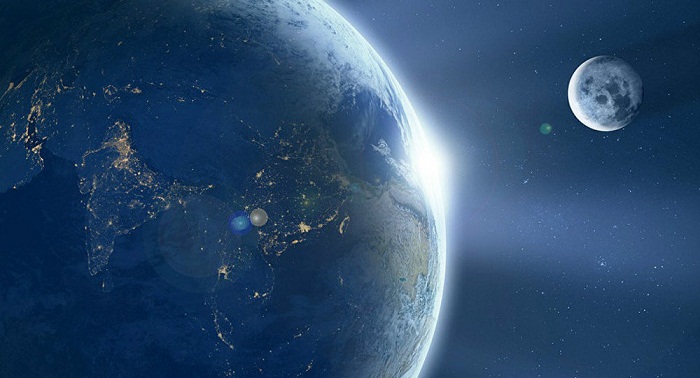The group used mass spectrometry techniques to study samples of eight zircon grains and compared spectrometric data to the figures attributed to the time of the solar system’s formation.
The results showed that the Moon formed “only” about 60 million years after the birth of the solar system, while previously it was believed that it happened 100 or 200 million years after the solar system’s formation. Previous studies concluded the moon’s age based on moon rocks that had been contaminated by multiple meteorite collisions. McKeegan said those rocks indicated the date of some other events, but not the age of the moon.
In 2016 a UCLA-led team of geochemists proved that the moon was formed by a violent, head-on collision between the early Earth and a “planetary embryo” called Theia. The Earth’s collision with Theia created a liquefied moon, which then solidified. Scientists believe most of the moon’s surface was covered with magma right after its formation.
More about:
















































